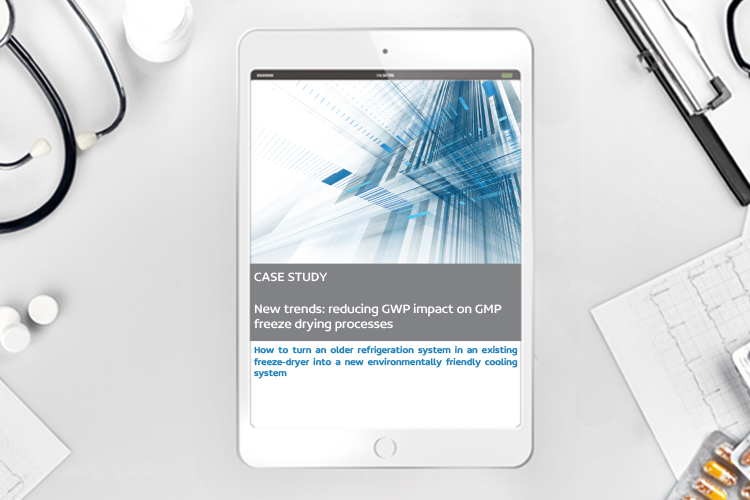Case study: New trends: reducing GWP impact on GMP freeze drying processes
Posted: 19 May 2021 | Telstar | No comments yet
How to turn an older refrigeration system in an existing freeze-dryer into a new environmentally friendly cooling system.
In the fight against climate change, the pharmaceutical industry is challenged to reduce its carbon footprint. Cooling systems used in industrial freeze dryers are typically a high contaminant due to the presence of high global warming potential (GWP), HFC refrigerants or the use of a huge equivalent of energy consumption such as Liquid Nitrogen (LN2) technology. This case study explains the retrofitting of a new cooling system in an existing freeze dryer, developed to be environmentally friendly and energy efficient using a long-term and commercially available solution.
Related content from this organisation
- Press release: Freeze drying: New Telstar Usifroid platform for retrofitting & maintenance
- Press release: Telstar: 360 degrees GMP consultancy & engineering solutions at CPhI
- Whitepaper: Digital transformation of medical devices sterilisation by EtO
- Case study: New trends: reducing GWP impact on GMP freeze drying processes
- Case study: Challenges in manufacturing high value lyophilised oncology drugs
Related topics
Analytical techniques, Artificial Intelligence, Biologics, Biopharmaceuticals, Bioprocessing, Drug Delivery Systems, Environmental Monitoring, Excipients, Formulation, Freeze Drying, Good Manufacturing Practice (GMP), Ingredients, Lab Automation, Labelling, Manufacturing, Medical Devices, Microbiology, Microscopy, Outsourcing, Packaging, QA/QC, Regulation & Legislation, Research & Development (R&D), Stem Cells, Vaccines










